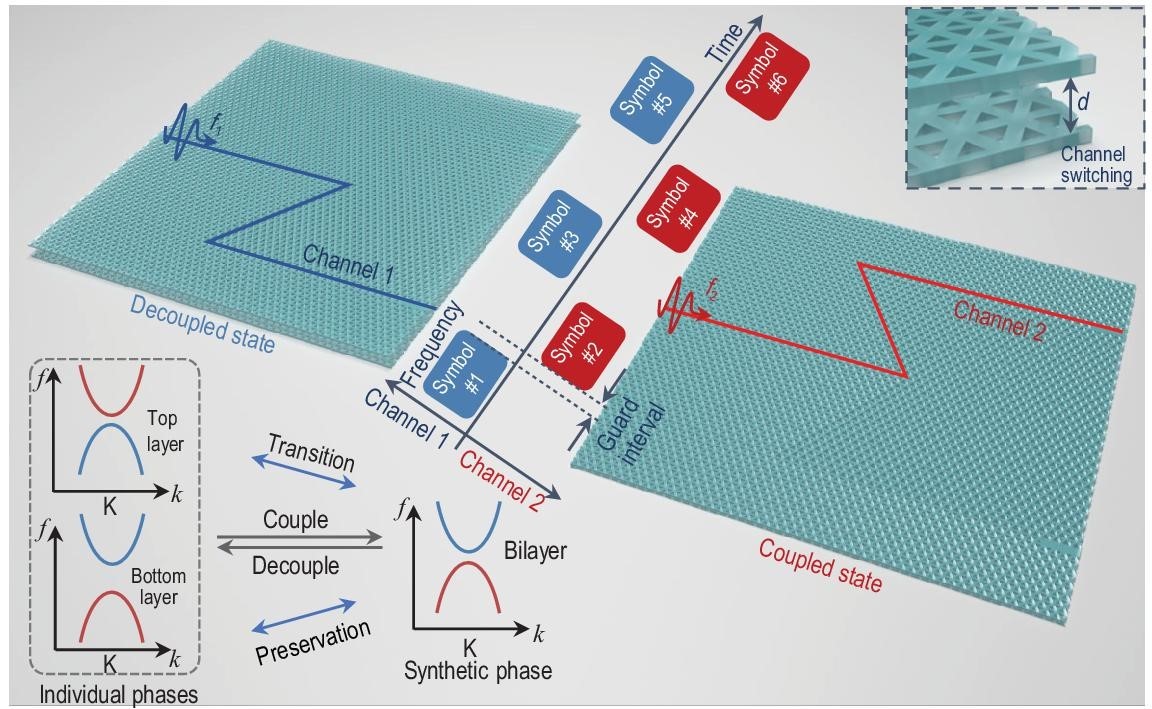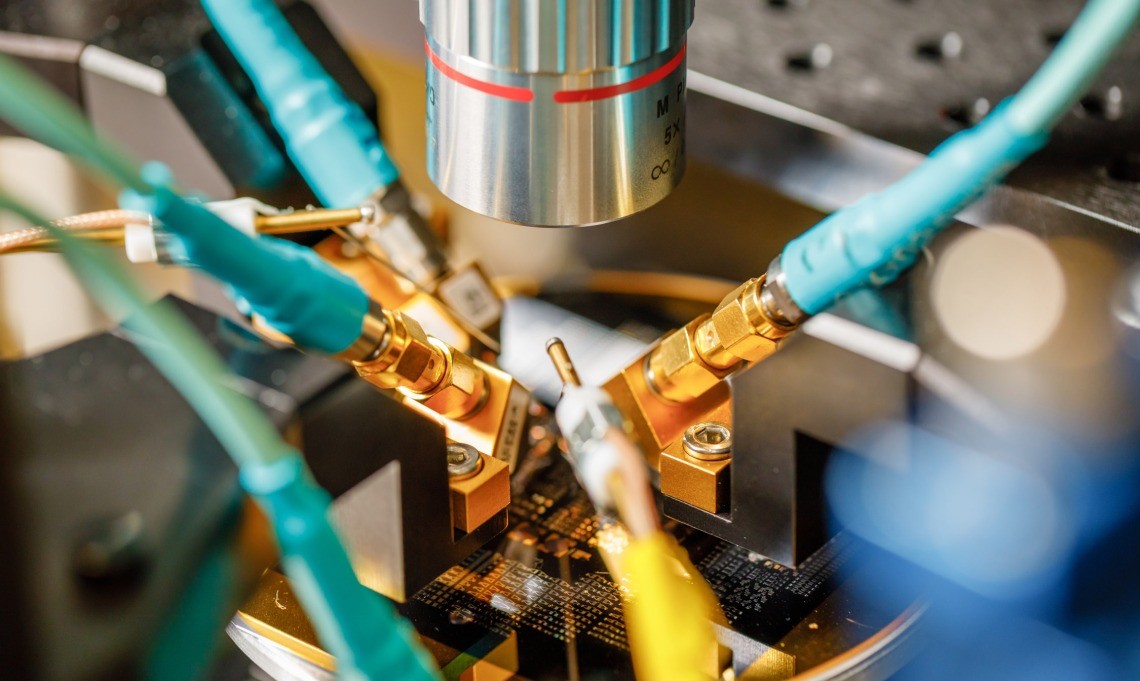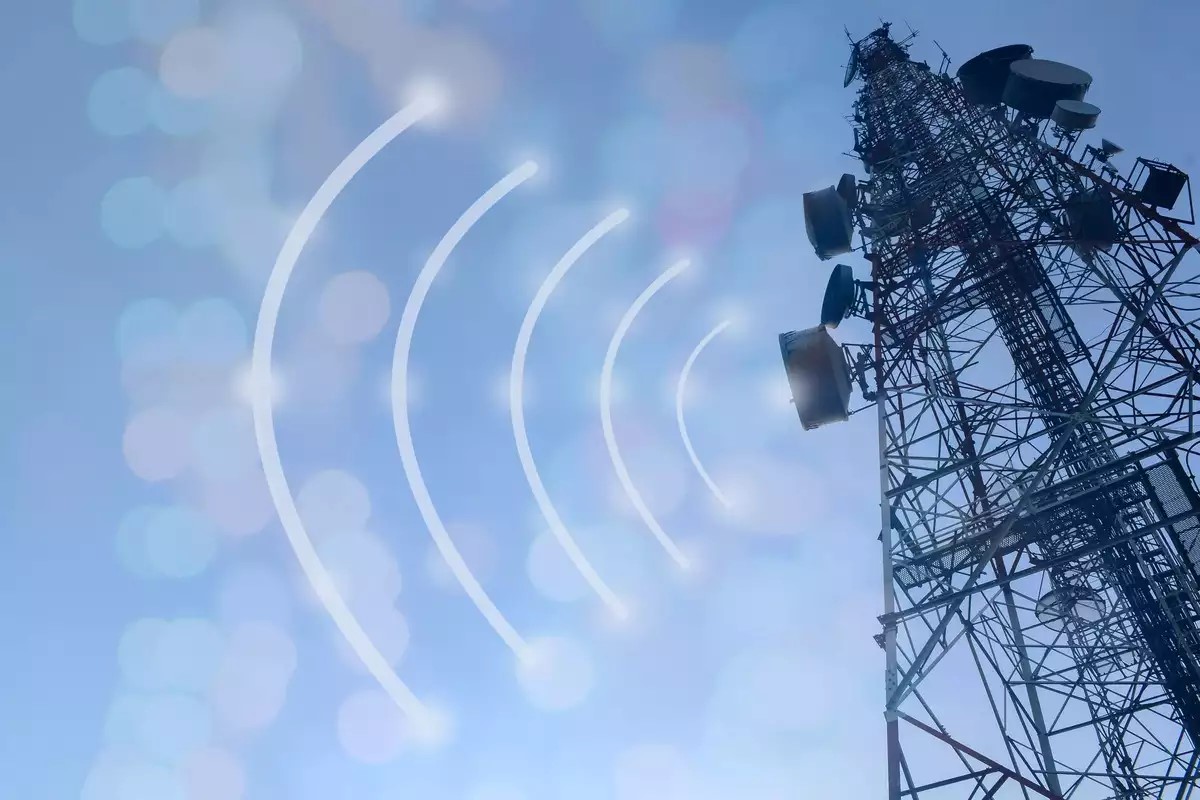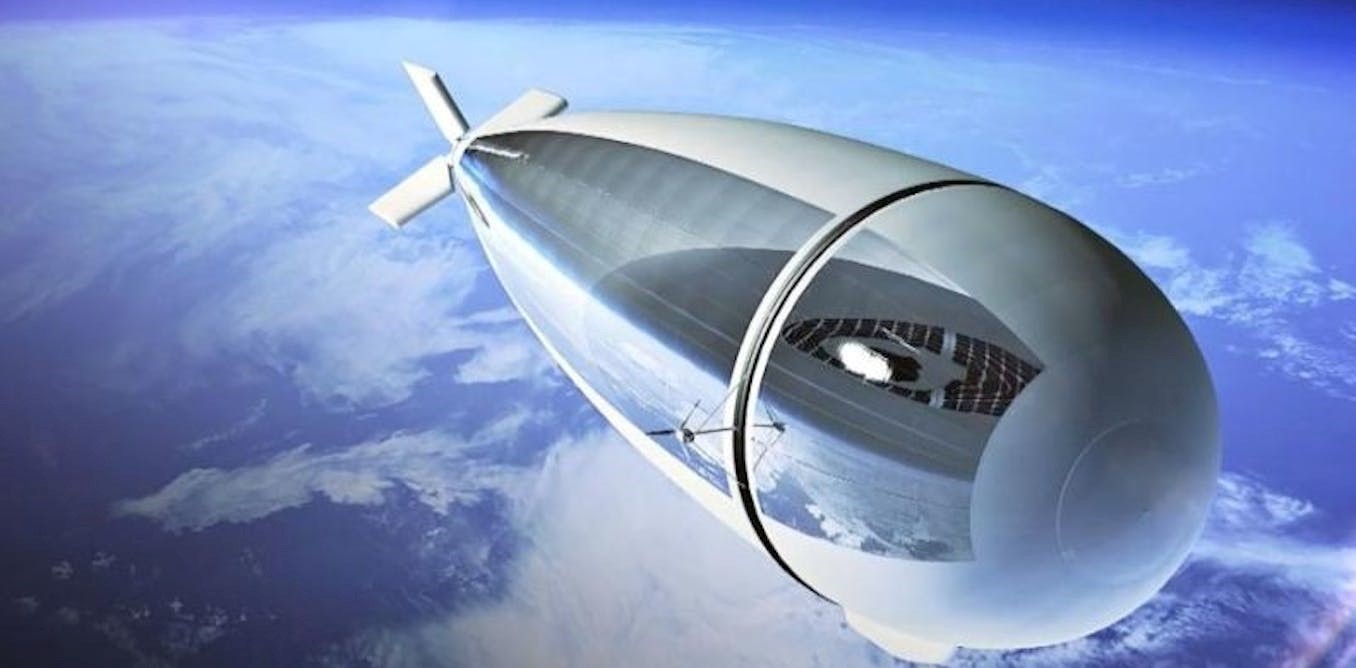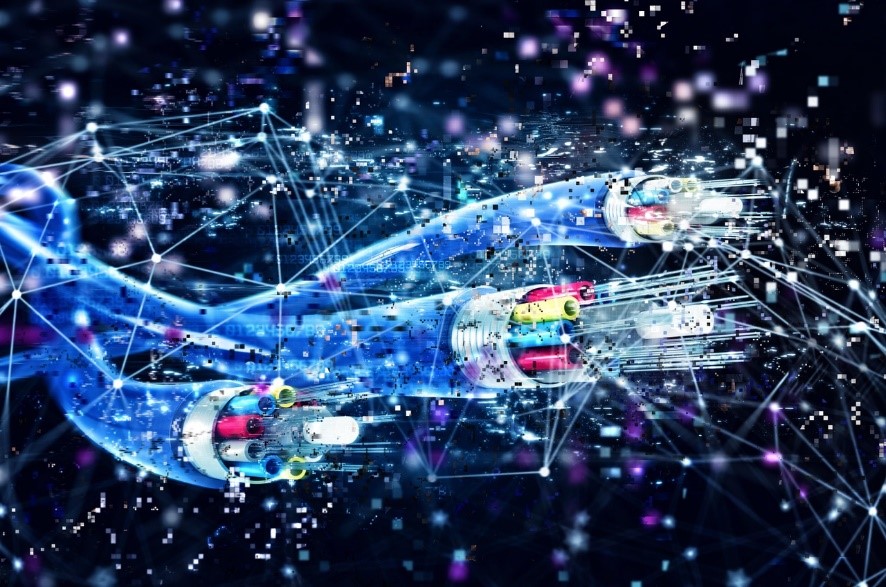Breakthrough in Ultra-Fast Spin Behavior in Ferromagnets Paves the Way for Next-Generation Technologies
A team of international researchers, led by scientists at the University of California, Riverside, has made a significant advancement in enabling and utilizing ultra-fast spin behavior in ferromagnets. This research, published in Physical Review Letters and highlighted as an editor’s suggestion, opens the door to ultra-high frequency applications.

Figure 1. The Proposed Method. (Credit: UCR/Barsukov lab)
Current smartphones and computers operate at gigahertz frequencies, and scientists are striving to increase their speed. This new research has discovered a way to achieve terahertz frequencies using conventional ferromagnets, potentially leading to next-generation communication and computation technologies that operate a thousand times faster. Figure 1 is an illustration of the proposed method.
Ferromagnets are materials where electron spins align in the same direction. These spins also oscillate around this alignment, creating "spin waves," which are essential for emerging computer technologies and play a key role in processing information and signals.
"When spins oscillate, they experience friction due to interactions with electrons and the crystal lattice of the ferromagnet," said Igor Barsukov, an associate professor of physics and astronomy, who led the study. "Interestingly, these interactions also cause spins to acquire inertia, leading to an additional type of spin oscillation called nutation."
Barsukov explained that nutation occurs at ultra-high frequencies, making it highly desirable for future computer and communication technologies. Recent experimental confirmation of nutational oscillations has excited the magnetism research community, he said.
"Modern spintronic applications manipulate spins using spin currents injected into the magnet," said Rodolfo Rodriguez, the first author of the paper, a former graduate student in the Barsukov Group, and now a scientist at HRL Labs, LLC.
Barsukov and his team found that injecting a spin current with the "wrong" sign can excite nutational auto-oscillations.
"These self-sustained oscillations hold great promise for next-generation computation and communication technologies," said coauthor Allison Tossounian, formerly an undergraduate student in the Barsukov Group.
According to Barsukov, spin inertia introduces a second time-derivative in the equation of motion, making some phenomena counterintuitive.
"We managed to harmonize spin-current-driven dynamics and spin inertia," he said. "We also discovered an isomorphism, a parallel, between the spin dynamics in ferromagnets and ferrimagnets, which could accelerate technological innovation by exploiting synergies between these fields."
In ferrimagnets, typically two antiparallel spin lattices have an unequal amount of spin. Materials with antiparallel spin lattices have recently attracted increased interest as candidates for ultrafast applications, Barsukov said.
"But many technological challenges remain," he noted. "Our understanding of spin currents and materials engineering for ferromagnets has significantly advanced over the past few decades. Coupled with the recent confirmation of nutation, we saw an opportunity for ferromagnets to become excellent candidates for ultra-high frequency applications. Our study sets the stage for concerted efforts to explore optimal materials and design efficient architectures to enable terahertz devices."
The paper is titled "Spin inertia and auto-oscillations in ferromagnets."
The study received support from the National Science Foundation.
Source:University of California - Riverside
Cite this article:
Hana M (2024), Breakthrough in Ultra-Fast Spin Behavior in Ferromagnets Paves the Way for Next-Generation Technologies, AnaTechMaz, pp. 125


